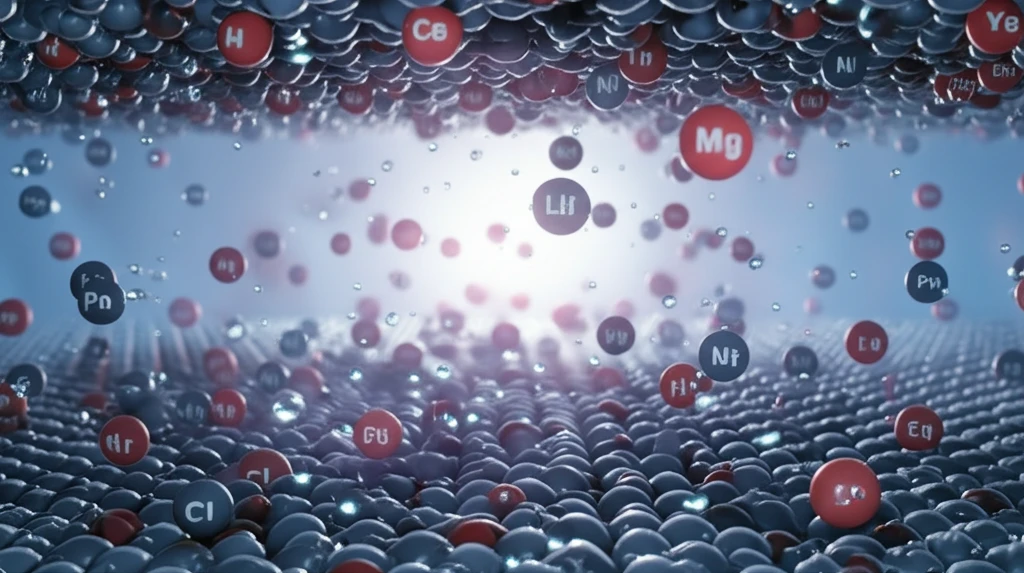
Next-Gen Batteries: Can Vanadium Oxide Polymorphs Outperform Lithium-Ion?
"Exploring the potential of vanadium oxide in lithium and magnesium-ion batteries for enhanced energy storage and safety."
The quest for better batteries is a driving force behind modern technology. Magnesium-ion batteries are emerging as a promising alternative to lithium-ion, offering the potential for higher energy density, lower costs, and enhanced safety. This potential hinges on finding suitable materials for the battery's cathode, and vanadium oxide is stepping into the spotlight.
Recent studies highlight orthorhombic α-V2O5 as a strong contender for magnesium-ion battery cathodes. However, key questions remain about how magnesium ions interact with this material at the atomic level. Understanding the specific locations where magnesium ions insert themselves into the α-V2O5 structure, and what structural changes occur during this process, is crucial for optimizing battery performance.
To address these questions, researchers are using advanced techniques like aberration-corrected scanning transmission electron microscopy (STEM), electron diffraction, electron energy loss (EEL), and energy dispersive x-ray spectroscopy (XEDS). This powerful combination of methods allows scientists to directly observe the behavior of magnesium ions within the vanadium oxide structure, paving the way for the development of more efficient and durable batteries.
Unlocking Battery Potential: How Vanadium Oxide Could Revolutionize Energy Storage

A detailed study focuses on understanding how magnesium integrates into α-V2O5. Scientists compared two types of samples: (1) α-V2O5 cathodes that had undergone electrochemical cycling in a full cell with a magnesium metal anode, and (2) chemically synthesized MgV2O5. The study aimed to pinpoint the exact locations where magnesium ions embed themselves within the α-V2O5 structure during battery operation.
- Enhanced Energy Density: Magnesium-ion batteries offer the potential for greater volumetric energy density compared to lithium-ion.
- Improved Safety: Magnesium is generally safer than lithium, reducing the risk of battery fires and explosions.
- Lower Cost: Magnesium is more abundant and cheaper than lithium, potentially lowering battery costs.
The Future of Batteries: A Vanadium Oxide Vision
By systematically comparing different vanadium oxide structures and their interactions with lithium and magnesium ions, this research contributes to the ongoing development of next-generation batteries. The results obtained for novel polymorph (-V2O5 will be directly compared with previous work investigating Mg intercalation in a-V2O5 [2]. Other V2O5 polymorphs, such as ɛ-V2O5 will also be tested for their ability to intercalate Li or Mg [5]. As the demand for energy storage solutions continues to grow, innovations in battery materials like vanadium oxide will play a critical role in powering electric vehicles, storing renewable energy, and shaping a more sustainable future.
